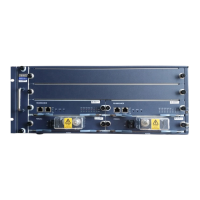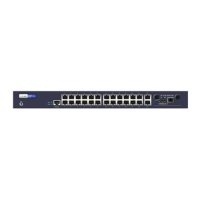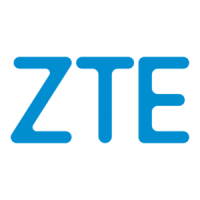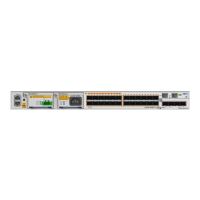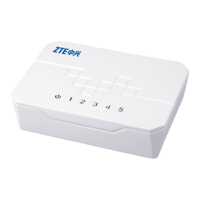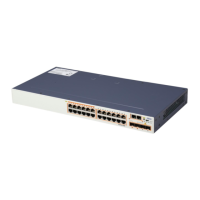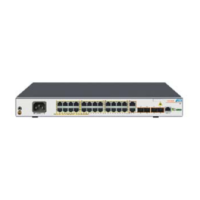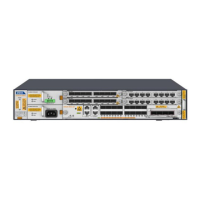1.Traffic classification
2.Traffic monitoring
3.Traffic shaping
4.Queue scheduling and default 802.1p priority
5.Re-orientation and policy routing
6.Priority mark
7.Traffic mirroring
8.Traffic statistics
3.4.1.1 Traffic Classification
Traffic classification defines or describes packets with certain features by classifying
packets go through the switch. Packet classification can be implemented by ACL,
especially extended ACL. Packets can be classified into different categories based on
different needs. Users classify packets based on filtering options of ACL such as packet
source/destination IP address, source/destination MAC address, IP protocol type, TCP
source/destination port number, UDP source/destination port number, DSCP, ToS, IP
Precedence, VLAN ID, 802.1p priority value, MPLS EXP, and MPLS tag.
3.4.1.2 Traffic Monitoring
Traffic monitoring takes bandwidth restriction of a service to prevent it from exceeding the
specified bandwidth or influencing other service flows. The following measures can be
taken to deal with the exceeded traffic:
To drop or forward
To change its DSCP value
To change its dropping priority (packets with higher dropping priority are dropped
first in queue congestion.)
ZXR10 8900E series swtich realizes Single Rate Three Color Marker (RFC2697) and
Two Rate Three Color Marker (RFC4115). Both two algorithms support Color-Blind and
Color-Aware modes.
Meter works in two modes: in Color-Blind mode, it supposes packets are uncolored. In
Color-Aware mode, it supposes packets are marked with color. The data packets go
through the switch will be distributed with a color based on certain rule (data packet
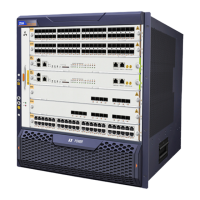
